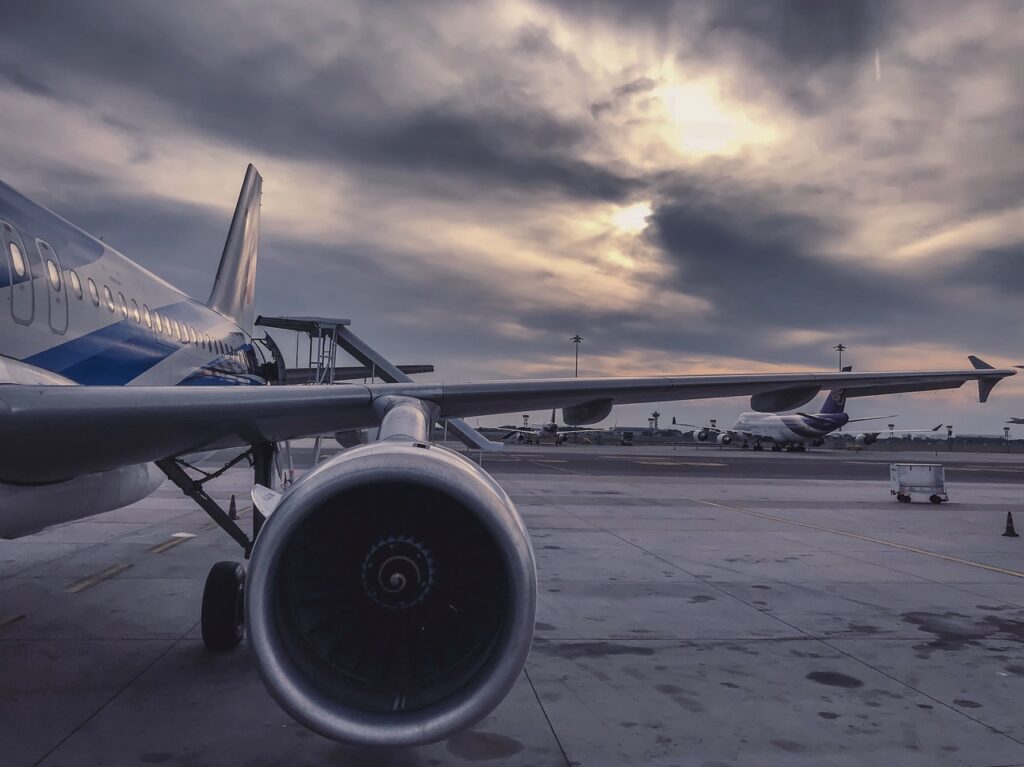The U.S. Internal Revenue Service (IRS) and the Department of Treasury last month issued updated guidance on federal tax credit eligibility for sustainable aviation fuel (SAF) producers.
Under the Inflation Reduction Act (IRA), to qualify for these tax credits, jet fuel producers are required to create a SAF mix that reduces emissions by at least 50% compared to traditional fossil fuels.
“The SAF credit is $1.25 for each gallon of sustainable aviation fuel in a qualified mixture,” explains the Treasury Department. “To qualify for the credit, the sustainable aviation fuel must have a minimum reduction of 50% in lifecycle greenhouse gas emissions. Additionally, there is a supplemental credit of one cent for each percent that the reduction exceeds 50%, for a maximum increase of $0.50.”
“The incentives in the Inflation Reduction Act are helping to scale production of low-carbon fuels and cut emissions from the aviation sector, one of the most difficult-to-transition sectors of our economy,” said Treasury Secretary Janet Yellen.
“The SAF credit applies to a qualified fuel mixture containing sustainable aviation fuel for certain sales or uses in calendar years 2023 and 2024,” notes Treasury.
How will the government determine emissions reductions?
To determine lifecycle emissions reductions, the IRA currently allows two methods: the Carbon Offsetting and Reduction Scheme for International Aviation (CORSIA) method, or any similar method that meets certain requirements of the Clean Air Act (CAA).
However, federal agencies are working alongside the Energy Department to modify the Greenhouse gases, Regulated Emissions, and Energy use in Transportation (GREET) model. This model uses the gold-standard Argonne National Laboratory’s GREET methodology. The updated GREET model is expected to be released in early 2024. The GREET model is broadly supported by the SAF industry.
SAF producer Gevo’s CEO Patrick Gruber expressed his support for the efforts and the new guidance.
“Gevo greatly appreciates the Biden Administration’s intent to use the Argonne GREET method and model for sustainable aviation fuel (SAF). Today’s guidance is a much-needed step forward for SAF investment and innovation,” Gruber said. “Designating GREET for the 40B credit sets an accurate, science-based precedent for transparent carbon accounting across the SAF supply chain, from farm fields to the end use of the fuel.”
As Bio.News reported, Gevo has partnered with Delta and Alaska Airlines to supply millions of gallons of SAF in the coming years.
Biofuel industry groups support GREET model
The National Business Aviation Association (NBAA) is also backing this initiative, saying that they’re “eager for the release of an updated GREET model in the spring.”
According to NBAA, business aviation’s main focus should remain to achieve carbon neutrality by using SAF, as the fuel is known to produce lesser emissions while maintaining similar properties as fossil fuels.
As Bio.News reported, the Biotechnology Innovation Organization (BIO) supports the GREET Act and the use of the Argonne methodology. BIO joined the SAF Blender Tax Credit coalition in a letter to Treasury Secretary Yellen expressing support for the GREET model.
“Treasury must implement science-based lifecycle methodologies that incentivize all methods and approaches for reducing GHG emissions from the SAF supply chain, are transparent, and incorporate well-accepted scientific research on lifecycle emissions. These methodologies should provide for granular carbon intensity calculation and recognize farm-level reductions from biofuel feedstocks, when applicable,” the February 2023 letter said.




